Volvo has presented the fruits of its ongoing collaboration with ride-hailing firm Uber: a production ready XC90 capable of self-driving.
Fitted with “an array of sensors” (not detailed in depth by Volvo) mounted on a bar that fits onto the SUV’s existing roof rails, the system also includes several back-up systems for steering and braking, alongside a back-up battery. The back-up is designed to kick in immediately should any of the primary systems fail.
The XC90 doesn’t feature autonomous software developed by Volvo; instead it’s been designed to allow Uber to “easily install its own self-driving system, enabling the possible future deployment of self-driving cars in Uber’s network as an autonomous ridesharing service”.
Uber claims this new XC90 is safer and more reliable than its current fleet, and will eventually replace these older vehicles. The two companies signed a commercial agreement in 2016 for Volvo to build and deliver “tens of thousands” of autonomous drive-ready base cars such as these in the next few years.
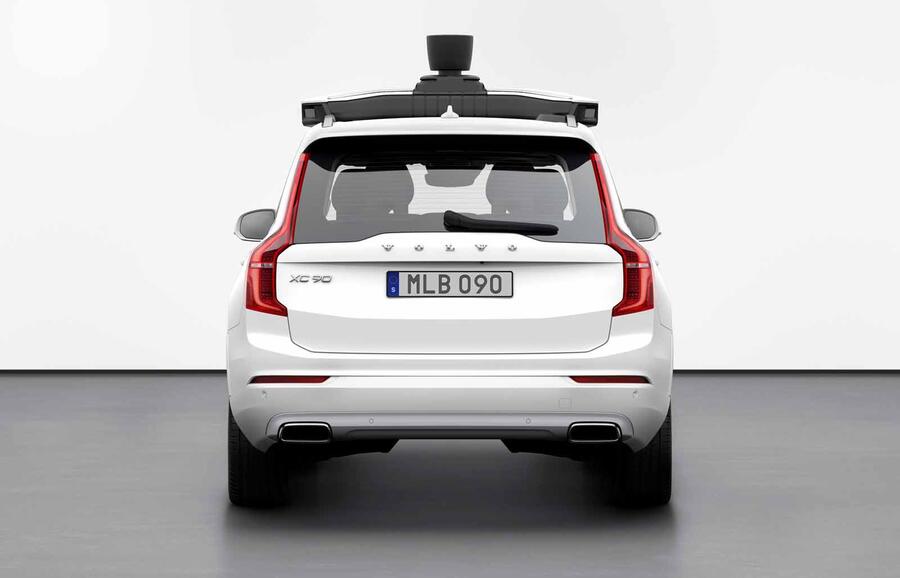


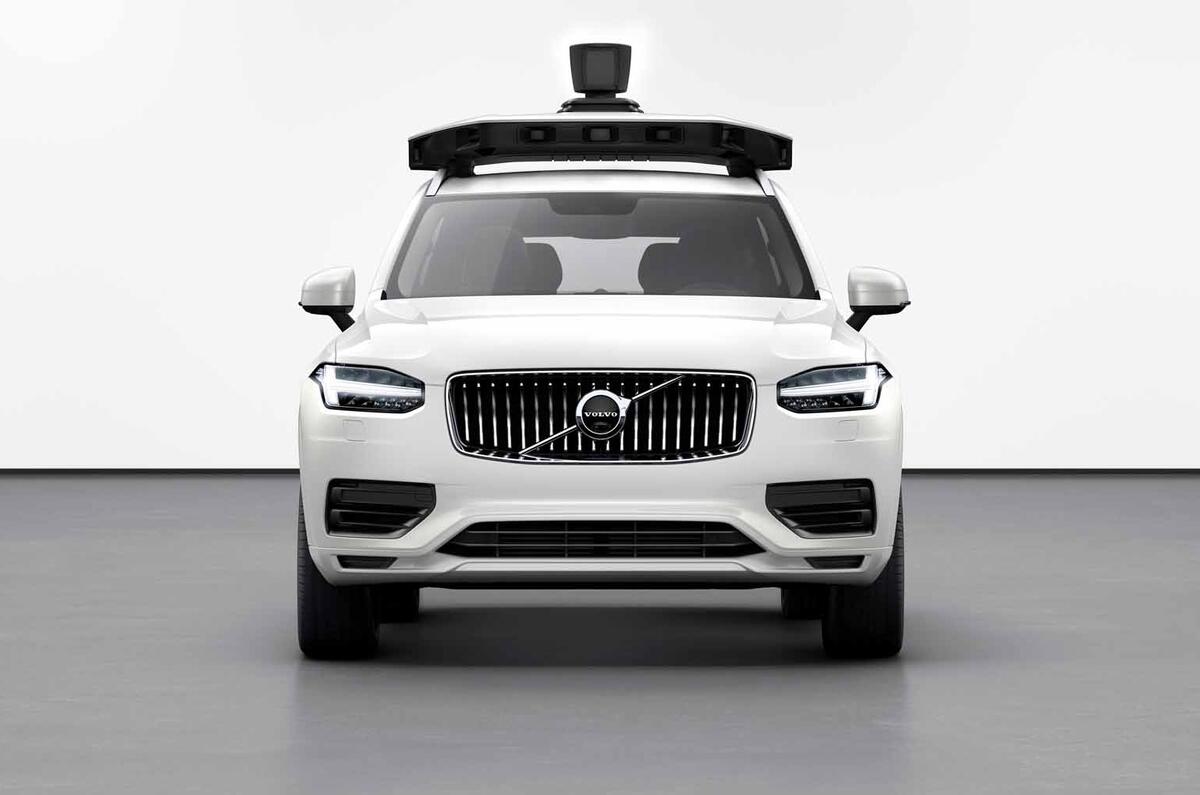
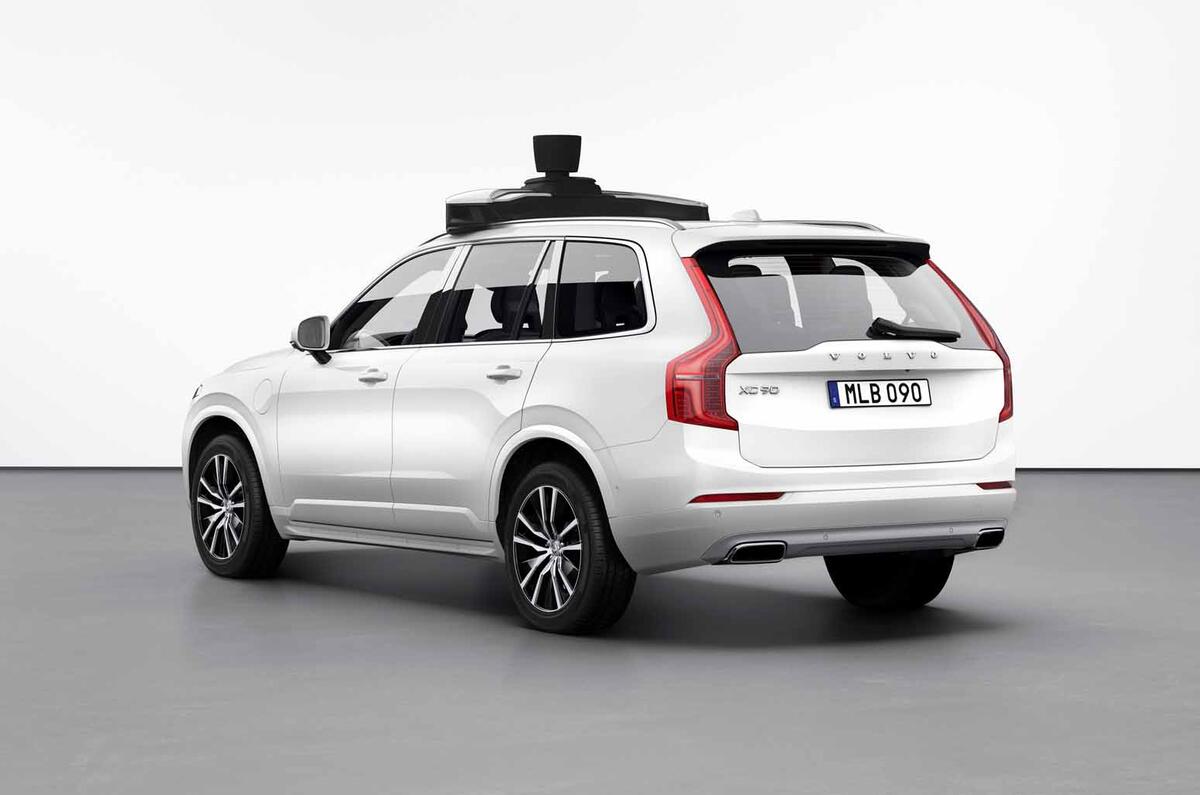

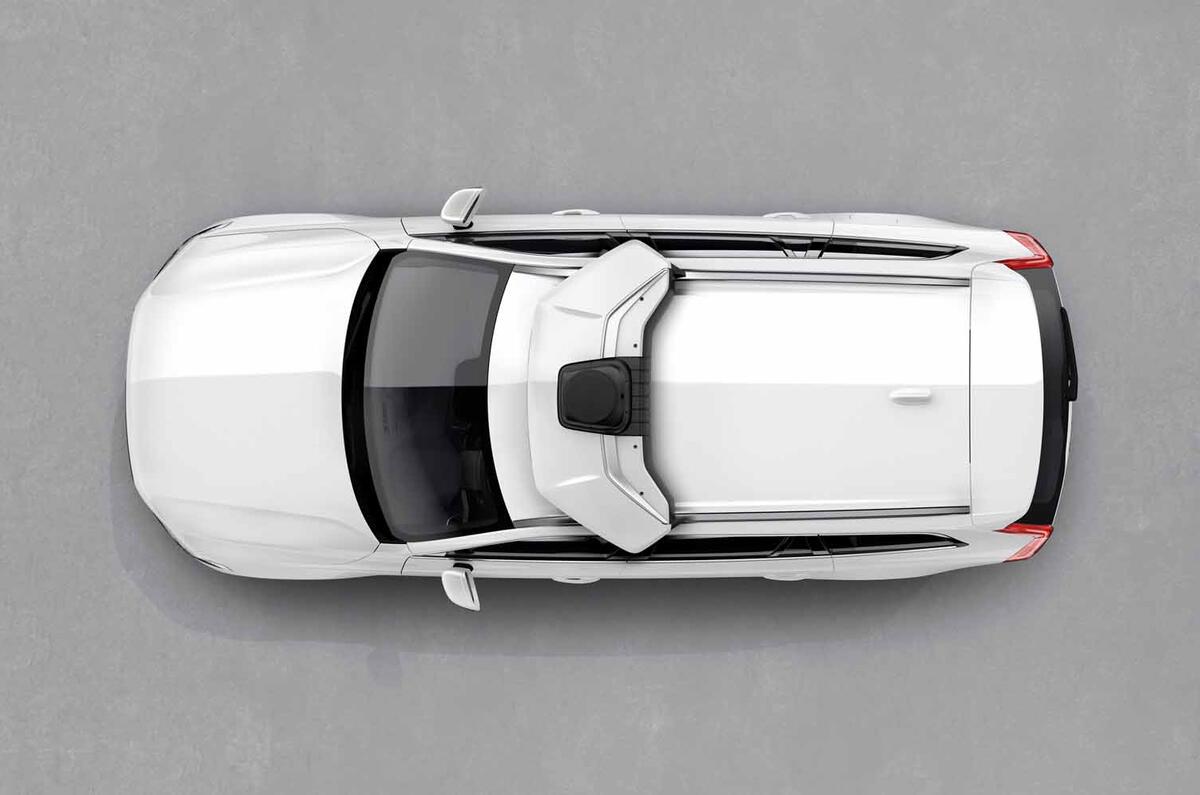
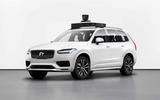
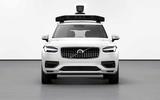
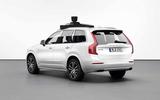
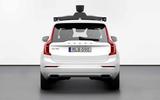
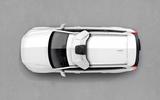

Join the debate
voyager12
Do you see this one maneuver flawlessly...
in dense London city traffic, or in any other European city center?... Me neither. Will the robo Volvo know the difference between someone who is waving 'hello' to a friend on the other side of the road, or who is indicating "watch out, I'm about to cross" or... who is out to pester the Volvo, make it continue its voyage staccato-style?
sbagnall
Let's hope it doesn't drive
Hughbl
Robo speak
mission specialist - aka a driver. Jeeze.
Peter Cavellini
Oh really!
Great, so it’ll drive itself, what about all the other cars?, the ones with a human control, making his own decisions, what if he crashes into the Uber Taxi?, Car can’t avoid that scenario, can it?
Peter Cavellini.
Real_sluggo
daft is the new stupid
Removing the Human from the Automobile completes the circle for the definition of infantile Groupthink-based silliness; and makes as much sense as removing the Pilot from the Cockpit. Or the Engineer from the train. Or the Doctor from the ER... it's just mad.
How many of you up for a driver-less Tube? or a Bendy bus? How about a Driver-less Car show, wihout Presenters...
Add your comment